|
Yesterday, I attended a seminar sponsored by Takara Shuzo, a major liquor company in Japan. I've been using their cooking wine in class, so I was keen on learning more about their product. The seminar started with a presentation on the characteristics of Takara's cooking wine. The major difference in their cooking wine which made it my first choice in choosing their product is that they do not add salt to their sake. Most cooking sake in the market is added with salt together with other additives. The reason behind this is that it makes it unfit for drinking, so the liquor tax can be avoided and shops which do not have a liquor license can also handle the product. Although it will be cheaper, it does sacrifice the taste and the characteristics of sake. Sake is one of the most important condiments in Japanese Cooking along with soy sauce and mirin, It has so much benefits you can not do without it. I've written more about this in my Grocery Guide Page, so if you are interested, please have a look. The presentation was followed by a demo by the Chef of La Bonne Table, who used sake for cooking French Cuisine. The seminar ended with an extravagant lunch prepared by La Bonne Table. All the dishes used Takara's cooking sake which surprisingly was a great match with French dishes.
0 Comments
Two days after the first shooting, there was another one for the NHK program. This time it was my class for Tofu dishes. It seems like the trend to be vegetarian in western countries nowadays as I get more vegetarian requests for my class. On the contrary, Japan is consuming more meat as with the rest of the Asian countries.
After class, I introduced my Tokyo Grocery Shopping Guide, which I really hope wouldn't get edited out. This shooting will air in December or January. Website: 2020 Tokyo Minnano Ouen Keikaku (Everyone's plan to support 2020 Tokyo) Last week I had a lesson on Gobo (Japanese Burdock Root). Gobo is a very common vegetable used in many ways in the Japanese Cuisine, but totally alien to foreigners. Many of you must have spotted a tree-root like vegetable in Japanese supermarkets wondering what on earth that is!
There is even a sad history of Gobo during the World War 2 of the Japanese prison guards who, out of good will, fed the foreign prisoners of war gobo roots, which were a valuable source of nutrition during time where there was not enough to eat themselves later were accused for cruelty - serving a tree root to them and subsequently jailed for many years. Unlike it's rustic appearance, the gobo is full of nutrition and is even used for medicine. Please see my Tokyo Grocery Shopping Guide for more information on Gobo as well as a recipe on gobo chips which pairs well with a glass of beer. In class, we made gobo salad, gobo kinpira (stir fry), gobo chips, gobo and maitake mushroom rice, gobo and daikon radish miso soup, and grilled miso marinated cod. Ever Since I started my miso class, which has been overwhelmingly popular, I started to look around if there are any miso specialty shops around. And, I found one just in my neighborhood. I must have rode passed it on my bike numerous times, but I had never realized that it was a miso shop! The Sakamoto Shoten which carries over 30 kinds of miso has been business here in Higashi Gotanda since 1922. They sell miso by weight. (prices range from 320 yen per kilo, min. 500g) So from now on, I will buy my miso here. If you are into miso, please visit this shop which is only 2 minutes from Gotanda Station (JR Yamanote Line) , East Exit, next to the Mitsui Sumitomo Bank. Shop Info:
Sakamoto Shoten Website: http://sakamoto-miso.com/ Online Shop: http://www.rakuten.ne.jp/gold/ikimiso/ Store hours: 9 am - 6 pm (Closed on Sunday and Public Holidays) Address: 1-14-9 Higashi Gotanda, Shinagawa-ku, Tokyo Sale info : Every 1st, 2nd, 3rd, 15th, 16th, 17th of the month. Inspired by the popular summer salad " Spinach and Strawberry Salad with Poppy Seed Dressing" I've come up with a similar salad using a popular Japanese vegetable Shungiku (Edible Chrysanthemum) Leaves. Strawberries, which is originally a summer fruit, comes in season during the winter months due to the high demand for the Christmas season. For the Japanese, strawberries are a indispensable item for the Christmas shortcakes.
Shungiku is mostly used as an staple ingredient in the Nabe (Hot Pot ) during the winter months but can also be used raw in a salad. This Shungiku and Strawberry Salad will be a great alternative to your ordinary salads and a big hit for pot luck parties. To get the recipe, Please visit my Tokyo Grocery Shopping Guide page. There was a very useful information from one of the members of Facebooks Tokyo Mother Group so I'd like to share. I've been writing about how to read labels on milk cartons in my Tokyo Grocery Shopping Guide Page, but there seems to be a simpler solution to this.
It is the indentation you see on top of the milk carton. This is made so the visually impaired person can tell whether they are getting whole milk instead of other dairy drinks. Although this is not compulsory, it seems that most manufacturers have implemented this rule (I've check out my local supermarket). I find it quite useful not only for blind people but also for foreigners that cannot read kanji characters. So next time you are shopping for whole milk, look for the indentation! Details of this can be found in my Tokyo Grocery Guide Milk page. Satoimo/里芋 (taro root) is a very common vegetable for the Japanese. It's slimy texture is unique and it is very nutritious yet low in calories. If you are not big fan of slimy textured food, but still want to try out this vegetable, Deep frying it opposed to boiling it or stewing it will reduce its sliminess. I've added a recipe for deep fried satoimo with a soy sauce flavored sweet sauce as well as how to peel the satoimo (it's a bit tricky).
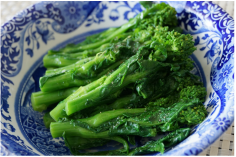 I've added a recipe for nanohana (yao choy/flowering edible rape) in my Tokyo Grocery Guide Page. This is a great vegetable and can be cooked in many ways. Hope to post some more recipes later on. 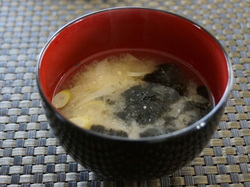 Recipes will be added to my Tokyo Grocery Guide every now and then and will be notified in my blog. I've added Tofu and Nori Miso Soup Recipe today in my Miso Page. Nori seaweed is a great source of minerals, and so easy! Just add it to your miso soup and it adds flavor to it.  I've included an easy recipe for a stir fry made with komatsuna (Japanese mustard spinach) and aburaage (Fried Tofu) in my Grocery Guide. Komatsuna is a vegetable high in calcium, so cooking it together with ingredients that contain protein or fat like soy products or dairy products will help absorb the calcium effectively in to your system. You can also just stir fry it with a good quality vegetable oil with a splash of soy sauce too. Recipe for Komatsuna and Aburaage Stir Fry>>> |
AuthorI'm Miyuki and I teach Japanese Home cooking at my home in Tokyo. Archives
February 2021
Categories
All
|
service |
Information |
© COPYRIGHT 2015. ALL RIGHTS RESERVED.
|




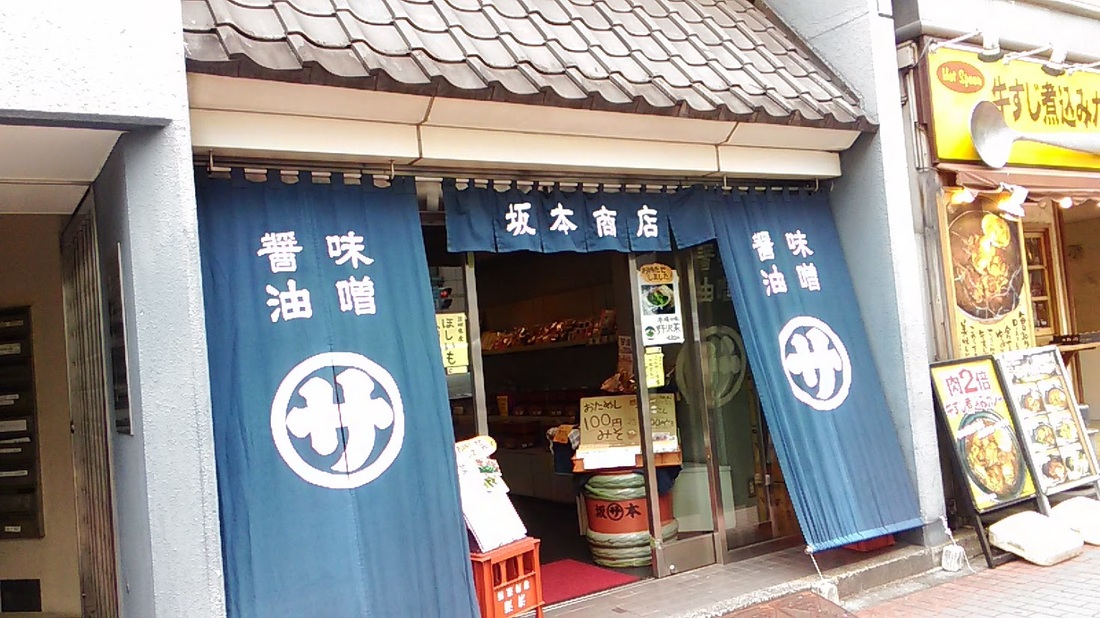
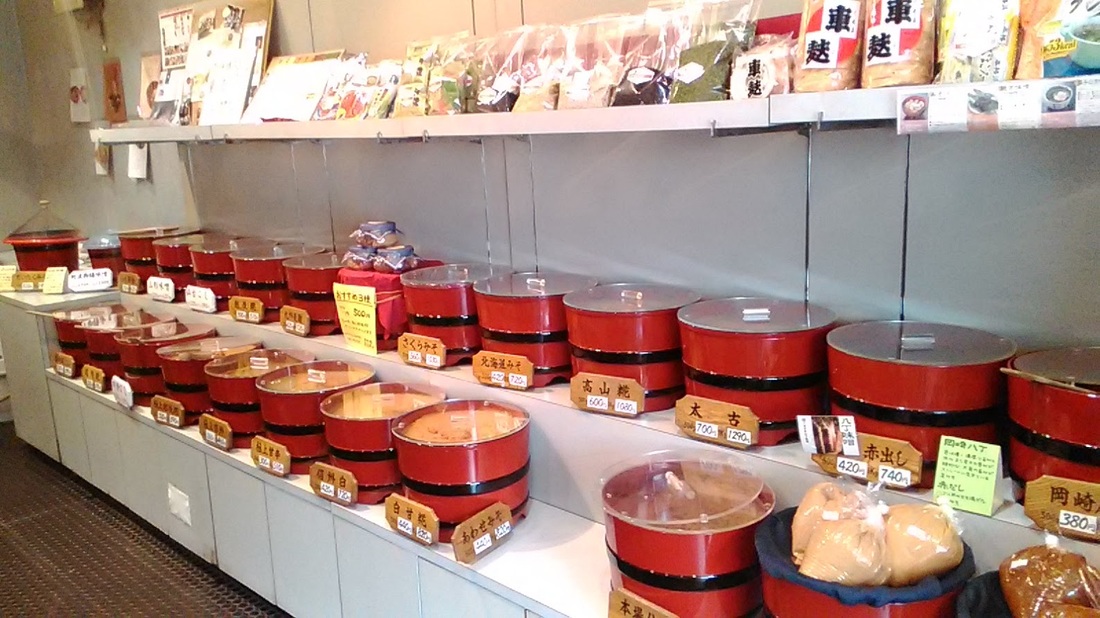


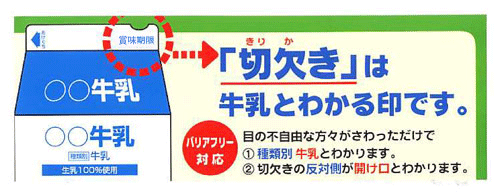
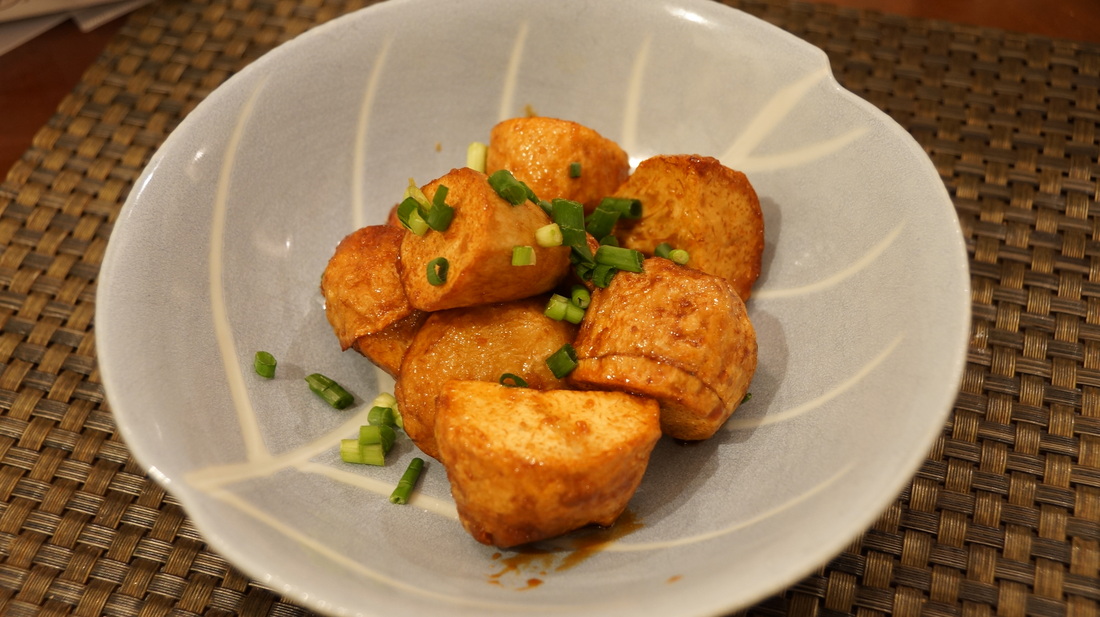

 RSS Feed
RSS Feed
